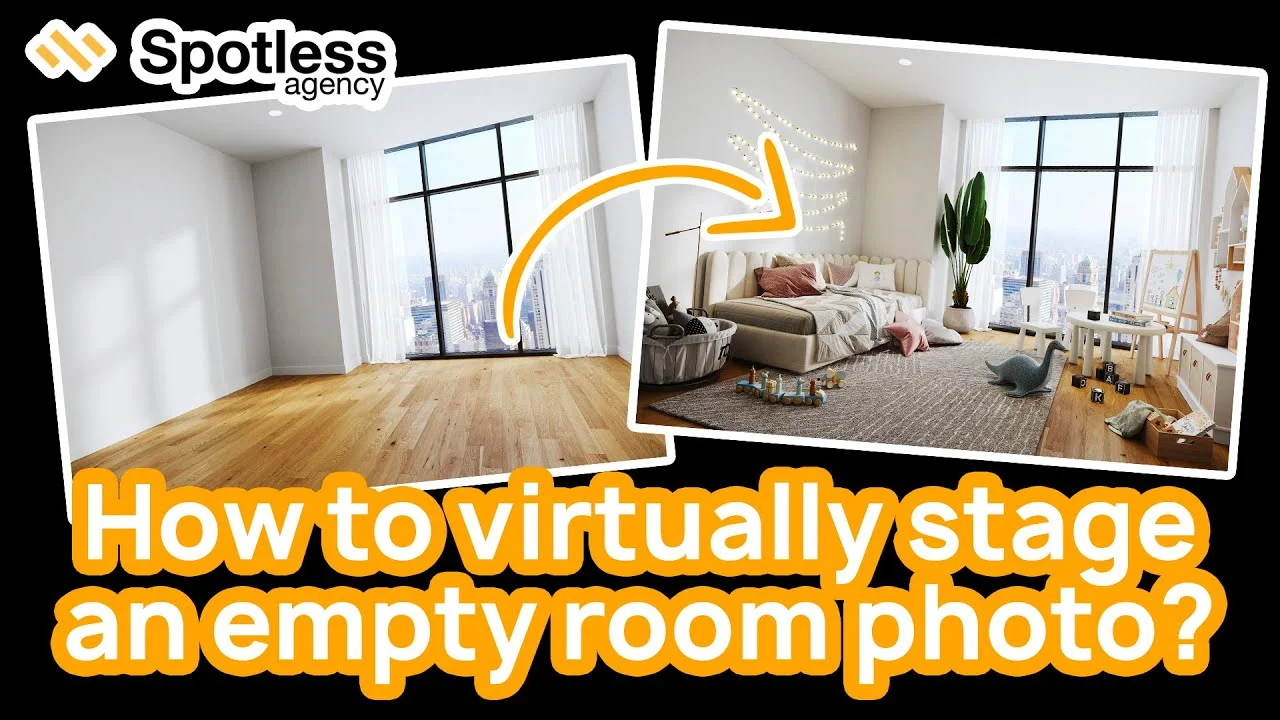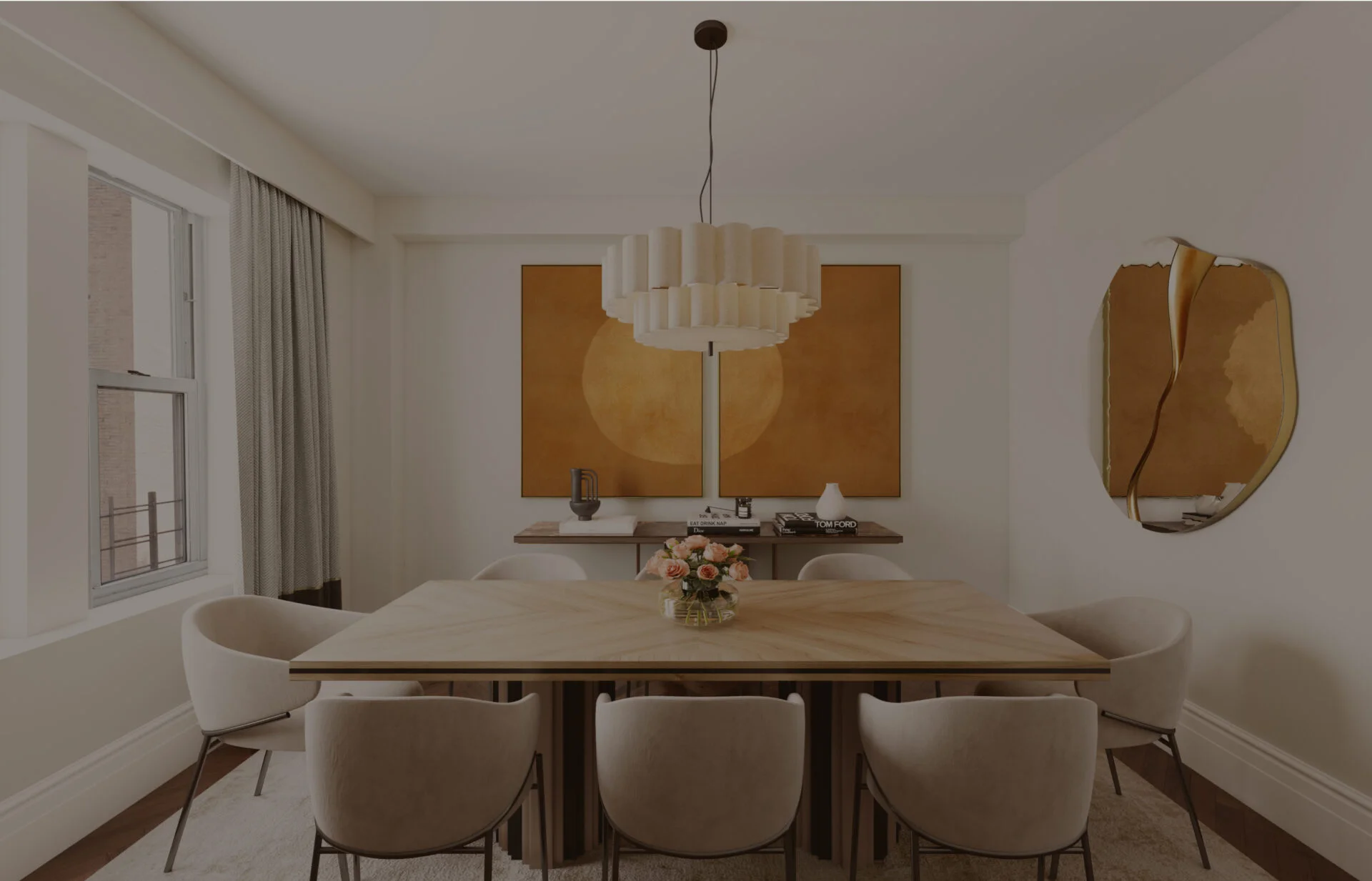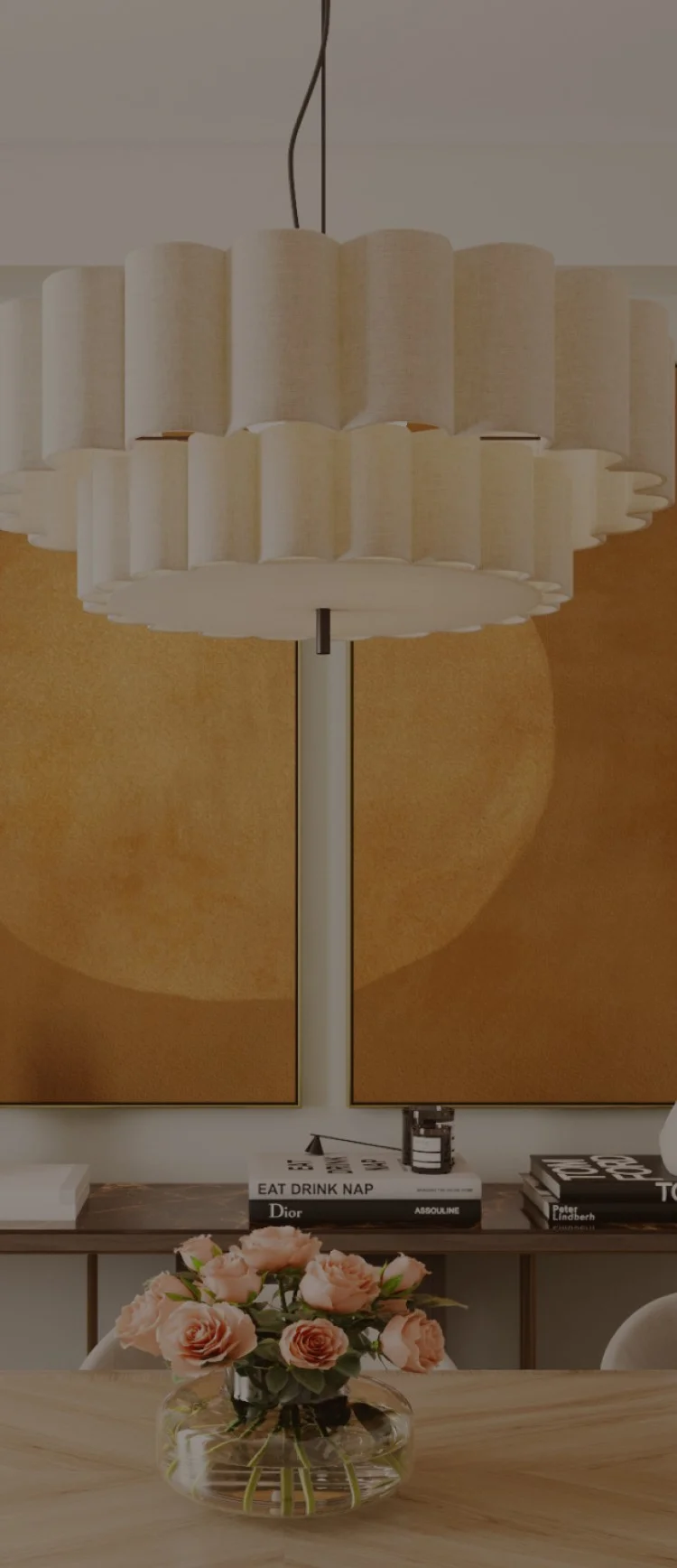Table of contents
Definition of the eclectic style

The concept of ‘eclecticism’ has been in use for a long time, but it has only recently become popular in decorative styles. It initially appeared in fine arts and architecture, characterizing artists who preferred to mix different styles rather than limit themselves to just one.
Nowadays, eclectic style is characterized by the blend of various styles and historical periods. They are brought together through an array of colors, textures, and shapes. Designers have the freedom to combine contrasting and even absolutely different elements to create a stunning interior aesthetic. However, a simple mix of a few different items won’t qualify as eclectic; it’s essential for the space to have a cohesive and attractive appearance. Otherwise, you might end up with a chaotic look.
Peculiarities of eclectism
The Eclectic style offers designers the freedom to explore their creativity without traditional restrictions. It supports the inclusion of the most unique items, making them feel like they have been an integral part of the space forever. One of the greatest strengths in the Eclectic style is no need to stick to conventional norms, allowing designers to establish their own guidelines. The primary objective for a designer in this style is to achieve a harmonious blend of all elements, ensuring they complement each other, which can be more challenging than it seems.
Eclectic style characteristics
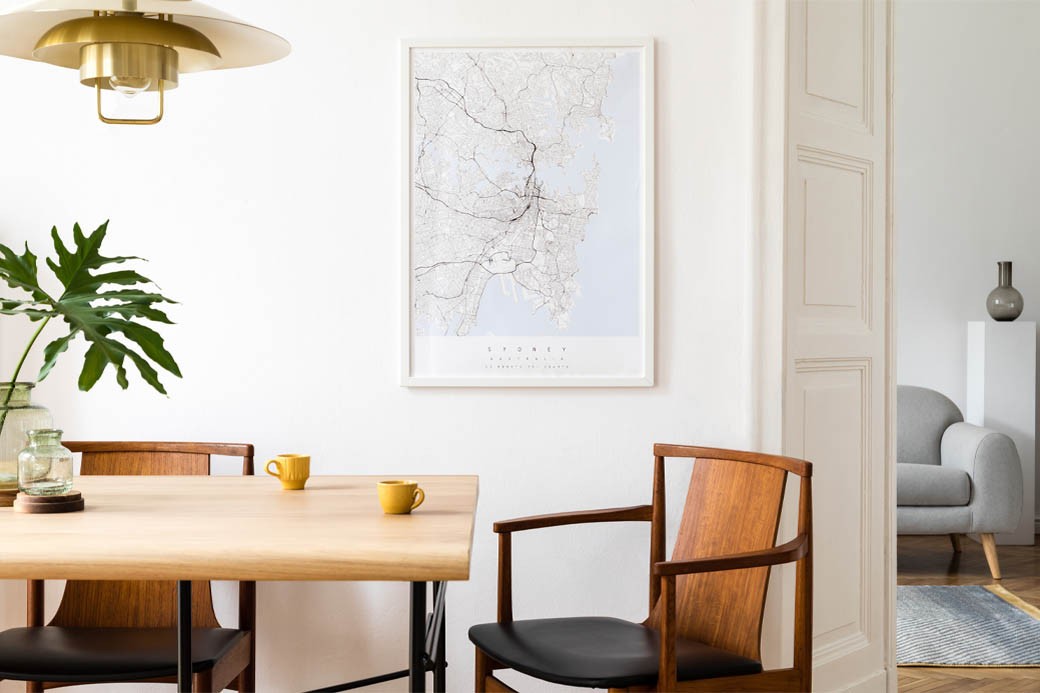
Even though it’s a common perception that the Eclectic style doesn’t have specific features, there are actually some key rules and characteristics that can help you implement it in a successful way.
- Contrast is the basis. The essence of Eclecticism lies in its contrasts, since it difficult to find similar elements within this style. Even if each piece looks very distinctive, there should be a cohesive thread that links them together. Choosing a handful of essential key elements is vital, and then you can incorporate a range of decorative items that align with those choices. It’s also important to establish connections throughout the room to prevent it from seeming cluttered.
- Repetition for rhythm. Repetition in design doesn’t always imply having two exactly the same objects in a room. It can also involve repeating shapes or colors to give the space a rhythmic feel. Many of these elements become clear only after arranging the key pieces, as they help establish a cohesive theme and ambiance.
- Pay attention to proportions and the overall composition. A well-balanced interior is key to creating a comfortable atmosphere in a room. Neglecting proportions and failing to establish a clear composition can lead to a disorganized and peculiar environment that lacks any real style.
- Make textures diverse. Sometimes, the true beauty of an interior can only be felt through touch. The Eclectic style invites a mix of textures, even those that are quite different from one another. It’s important to blend smooth, soft materials with rough, hard ones. Shiny accents should be paired with matte counterparts. Combining wood and glass with metal and stone creates a striking visual appeal. Every piece should have its own distinct character and texture and play a vital role in the overall harmony of the space.
- Making the background simple and clear. The essence of the Eclectic style lies in the combination of different decor and furniture within a single room. To prevent the background from overshadowing these items, it should be simple and neutral.
- Patterns should align with colors. The beauty of the Eclectic style lies in its limitless possibilities for mixing colors and shades, allowing you to express your personal taste. However, it’s essential to strike the balance. If you opt for bold and vibrant patterns, consider using softer colors for the background, or the opposite. A space that feels too chaotic can be uncomfortable, so aim for a harmonious atmosphere.
- Be courageous to surprise. Surprise is a key characteristic of the Eclectic style that allows to include any eye-catching element. However, to truly highlight these striking pieces, they should be combined with simpler furniture.
Tips for implementing the Eclectic style design
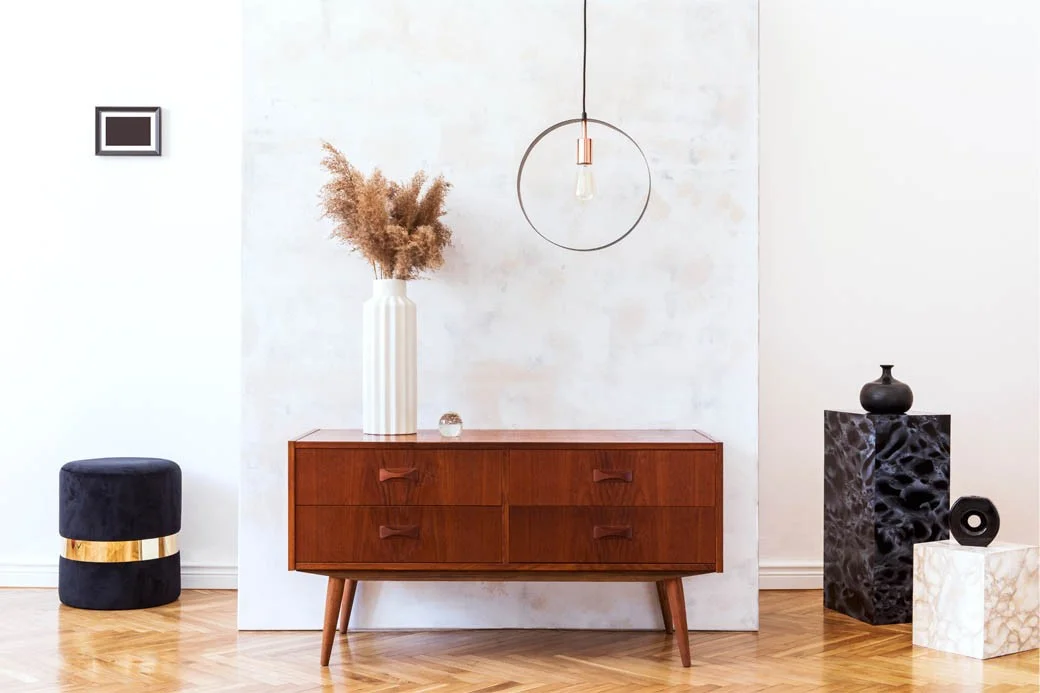
Designing a room is an important task that is best executed by a skilled professional. If you’re keen to try your hand at the Eclectic style, consider these practical tips:
- Begin with a thoughtful layout plan;
- Choose a central element that will be the focal point of the room;
- Ensure a unified style across all rooms in your home;
- Compare different colors and select one to dominate the space;
- Spend several days in the new style for a few days to see if any changes are necessary;
- Remember to incorporate functional decor to enhance both comfort and aesthetics in the room.
Conclusion
Eclectic style isn’t for everyone, as it brings together elements that may seem unrelated. It focuses on blending various styles, which means a designer needs to have a deep understanding of different aesthetics to execute it well. However, this approach can transform a space into something fresh and distinctive, turning it into a true work of modern art.
Table of contents
Thank you for subscribing!


